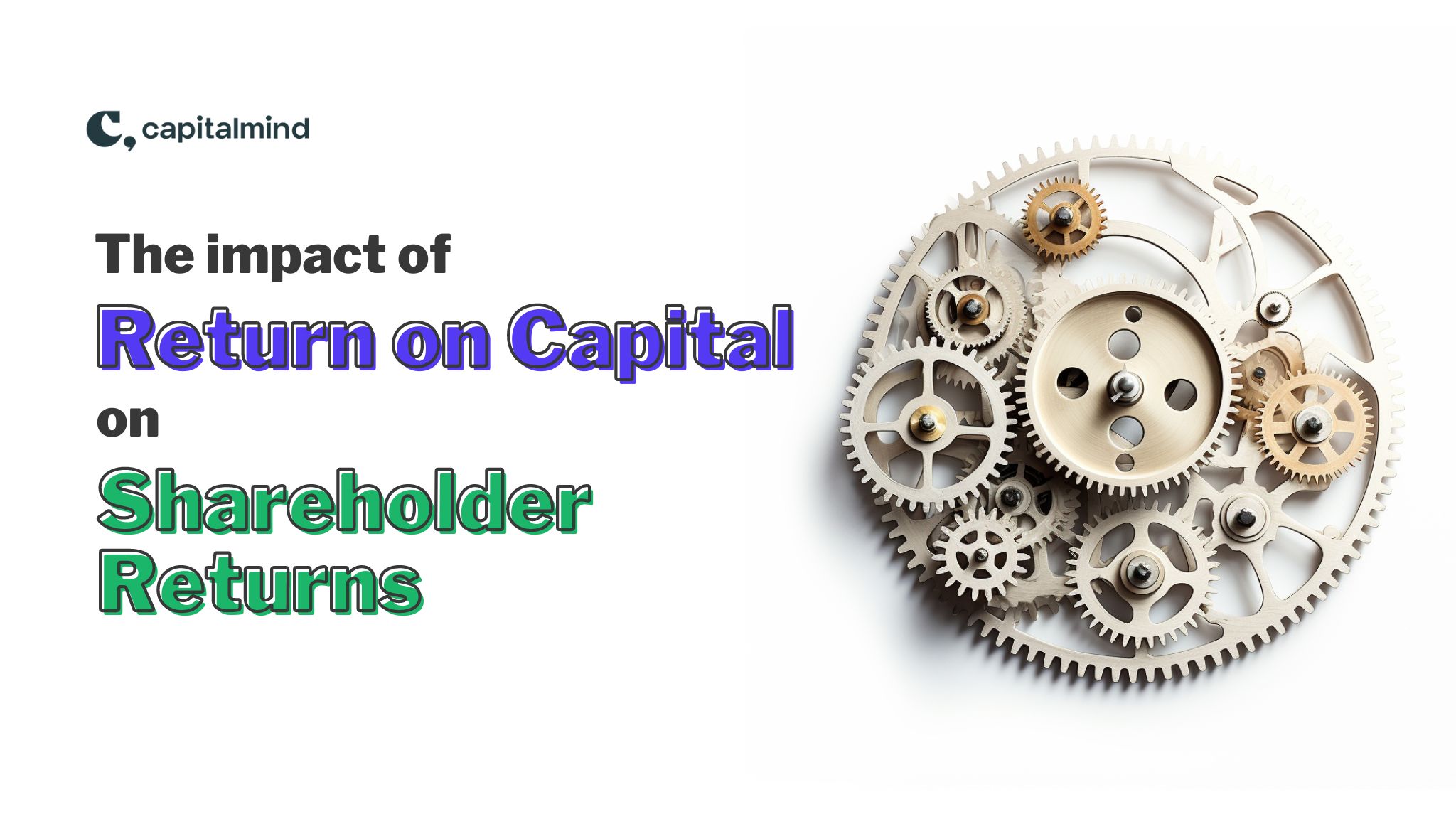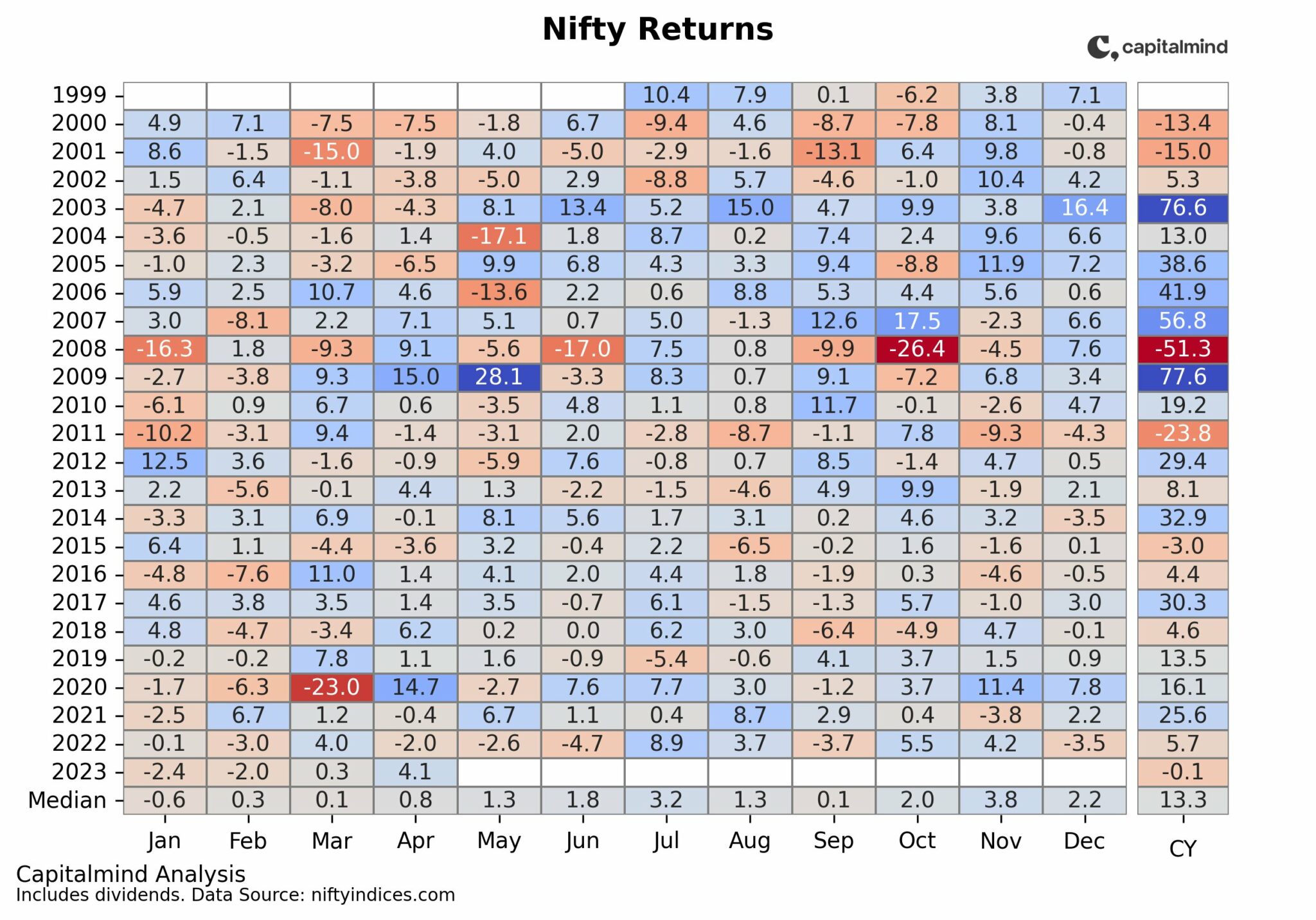We have seen a carnage in the markets and there is no end in sight as to when this will stop. For many of us this is the first time we have seen such huge drawdowns in our investing journey. While the pain of seeing one’s portfolio plummet on a daily basis cannot be avoided, this is also the time to reflect on your process of picking stocks and getting your asset allocation in place.
We had written about asset allocation here. However, in this post we look at the damage the midcaps have endured in this fall and apply a methodology (discussed later in the post) to see if there are any stocks that we can add to our portfolios.
Midcap 150
The Nifty Midcap 150 has taken a hit of 29% in the last one month. The index has seen a fall from 6,243 on 2nd March to 4,411 on 1st April. Below is the chart of the Nifty Midcap 150 from 2nd March to 7th April, there has been some recovery in the last two days, the extent of the fall from 2nd March is 27%.
Source: Niftyindices.com
We looked at the price damage for the 150 stocks over the last month. Only 1 of the 150 stocks is positive since the last month. The stock we are talking about is Abbott India, the stock closed at 15,394/share on 2nd March and the price as on 1st April was 15,613.
The below chart shows the extent of the damage for the rest of the stocks
The maximum damage is in stocks that fell 26-50%, 74 stocks – or 50% of the stocks – fall into this segment. 12 stocks fall in the less than 10% segment and 54 in the 11-25% bracket. 9 stocks have fallen more than 50%.
The 9 stocks which have seen the most damage are
Future Retail has seen the maximum damage, registering a fall of 76%, followed by Varroc Engineering seeing a drawdown of 68%. 5 of the 9 stocks are from the financial services space. The other two stocks that fall in this segment are Quess – staffing services company, taking a hit of 58% and Jindal Steel seeing a drawdown of 54%.
The 12 companies that have fallen less than 10% are shown below
4 of the 12 companies that fall into this segment are from the pharma space. The others are from various sectors.
54 companies fall in the 10-25% category. Companies from the chemical, consumer, pharma, financial services and auto ancillaries form 50% of this segment.
7 companies from the chemical space fall into this category. The average fall in 20%. The biggest loser is ATUL with a cut of 25% and Coromandel the least with 13% drawdown. The pharma pack has lost 15% on average, there are 6 companies from this space. Alembic is the biggest loser down 19% and Sanofi has lost the lease 12%. Whirpool in the consumer durable pack is the biggest loser 20% and Gillette has fallen the least 12%, there are 6 companies from the consumer pack. The consumer pack has lost 17% on average.
4 companies each are from the auto ancillaries and financial services industries. The average fall in the financial pack is 21%, Sundaram Finance has lost 25% and IOB 19%. In the auto ancillaries pack Amararaja batteries has lost 23% and Exide Industries 18%, on a average this segment has lost 21%.
Majority of the companies fall in the 26-50% segment, 74 companies fall into this category. Federal bank is the biggest loser with a cut of 50% and Glenmark the lease, taking a hit of 26%.
Below is the chart showing the top 6 industries that have been impacted the most
Financial services has been impacted the most with 21 companies falling into this segment, the biggest loser here is Federal Bank and the whole space on average has lost 38%. We must also take note that in the Nifty Midcap 150 index, 20% or 30 companies are from the financial services space.
In the consumer durables space KRBL has lost 43% and Bata 27%. The space on an average has fallen 33%. The biggest loser in the real estate pack has been Godrej Properties, taking a hit of 41% and Hudco the least by 36%. The space on average has fallen by 38%.
Hexaware was the biggest loser in the IT pack with a cut of 37% and LTI the least with 27%. The average fall in the IT pack is 30%. Bharat Forge in the auto ancillaries space has lost 49% and Sundaram Fastners 34%. Adani Power has seen a cut of 43% and Tata Power 28%.
As we can see from the above data there is no hiding from the carnage.
Methodology
We ran a screen based on 2 parameters on the all the 150 companies in the midcap index. The two parameters are
- EV/EBITDA
- PE
The EV/EBITDA captures the multiple we are paying to buy the operating business of the company and the PE the market price for all the earnings. We then compared the current PE with the median PE of 8,5 and 3 years. The same was done for the EV/EBITDA multiple
There are 80 companies where the current PE is less than or equal to the 8,5 and 3 years median PE. 16 companies or 20% were from the financial services space. 8 from the consumer durables, 7 from Pharma and 6 from auto ancillaries and 5 from the power space. These represented +50% of the sample.
95 companies fell in the EV/EBIDTA space, where the current EV/EBITDA is less than or equal to the 8,5 and 3 year average. Companies majorly from the financial services, pharma, consumer durables, auto ancillaries and power space fell into this sample.
We then proceeded to look at the common names in both these lists. We found a total of 74 companies, meaning that these companies current PE is less than the 8,5 and 3 year median and their current EV/EBITDA is less than the 8,5 and 3 year average.
We then looked at the revenue, EBITDA and net profit growth for all these companies for 10,5 and 3 years.
Below is the list of companies where the profitability has been consistent in combination with the revenue and EBITDA growth. There are total of 25 companies
The above list is not a recommendation, it can at best be used to do further research on the above companies. For instance in the above list there are 7 financial names, it is very important to understand the type and quality of the book that the company manages. Then there is Graphite also in the above list, the PAT growth is way off the charts and is not sustainable, and is a massively cyclical company.
None of the companies have been checked for governance standards. Those have to be manually checked – promoter pledging, related party transactions and group debt has to be separately analyzed.
The purpose of the above table is to highlight companies which have had decent revenue and profitability growth and where valuations captured through the EV/EBIDTA and PE are reasonable.
Final Thoughts
There is no doubt that the midcap space is battered, however at times like these when opportunities arise, we need to identify which companies will give handsome returns going forward.
Your outlook must assume that after the Covid 19 disaster, we will recover and continue life as earlier. That may not be quite true, and the behavior changes will have to be accounted for in the eventual list of stocks.
NOTE: As a disclosure some Capitalmind authors may own the above company in their stock portfolios. There is no other relationship between Capitalmind and the above company. Please do not consider this article as a recommendation, It is purely for informative purpose only.
Any thoughts/feedback tweet @capitalmind_in and @chetanchhabria






